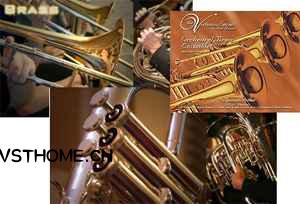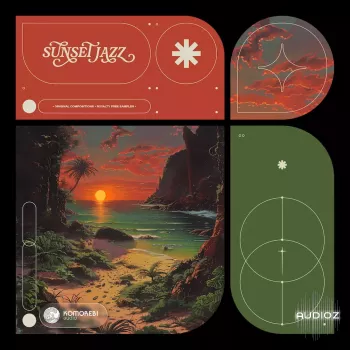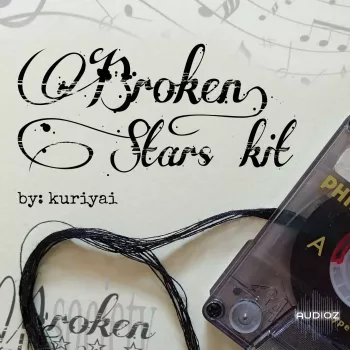Team AI/CoBaLT | 2004/2005 | 15.89 GB
英文简介:
Kirk Hunter's Orchestral Brass Ensembles (henceforth known as OBE) consists — perhaps unsurprisingly — of orchestral brass ensembles recorded in a 2500-seater concert hall, using players (uncredited, as usual) from an American symphony orchestra. Two mic positions were used, one 30 feet from the players, the second 100 feet back to capture the hall reverb (see diagram, right). This lavish use of space created a collection of big-sounding samples known as the 'symphonic' recordings.
In order to offer users sonic choice, Kirk also recorded a second set of samples in the same hall, but first made some significant musical and acoustic changes; section sizes were scaled down, and huge baffles were positioned on stage and in the hall's ceiling, creating a smaller, more focused room sound (the layout for this setup is shown on page 138). The second sample set, less reverberant and more present-sounding than the first, are called the 'chamber' recordings.
Uniquely, Mr. Hunter also deliberately varied the sizes of his trumpet, trombone and French horn ensembles for different dynamic performances, using (for example) eight French horn players to play fortissimo samples, but only four players on the pianissimo notes. According to Kirk, this technique was not pre-planned, but devised during the sampling sessions in order to create a tighter, warmer, and more intimate sound on the softer notes (see the 'Instrumentation' box on page 136 for more details).
Dance producers lusting after hot brass licks should look elsewhere for their funky soul fodder, as there are no chords, riffs or phrases here; the library basically consists of chromatically sampled single notes, supplemented by tone and semitone trills, a few swells and 'rips' (slides up to a sustained note). This is really one for players and composers.
官网: http://www.soundonsound.com/sos/apr04/articles/kirkhunterbrass.htm


![anotherxlife Villain Drum Kit (Lite) WAV FLP [FREE]](https://audioz.download/uploads/posts/2024-10/thumbs/1727895454_484137135.webp)
![anotherxlife Destruction 808 Kit Sample Pack WAV [FREE]](https://audioz.download/uploads/posts/2024-10/thumbs/1727894164_2966815431.webp)



评论0